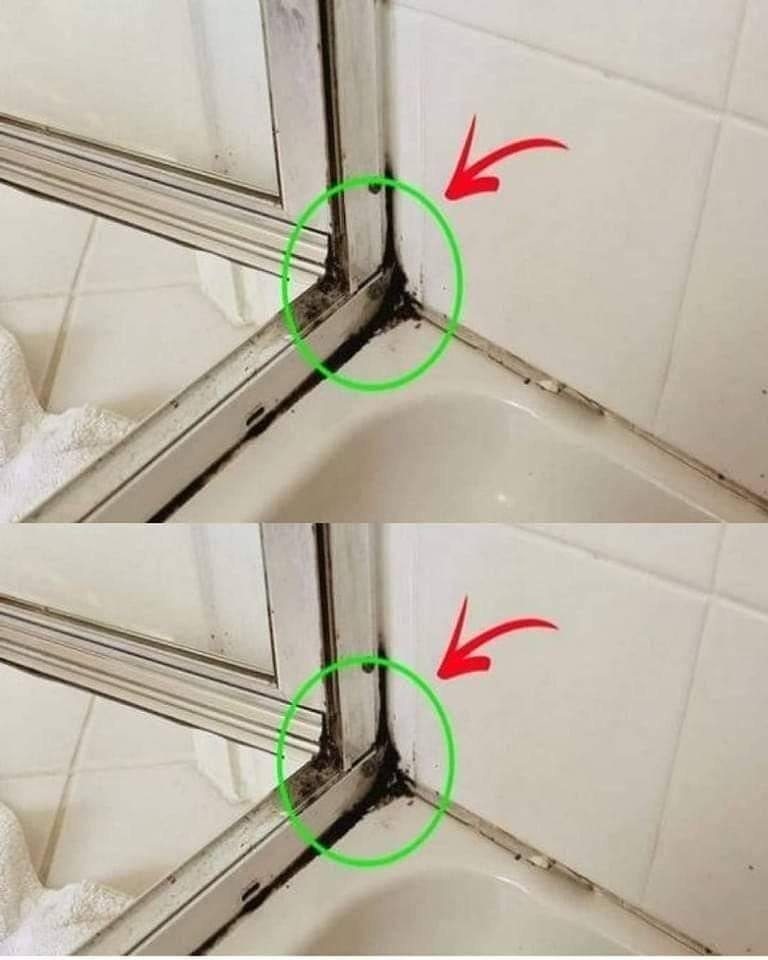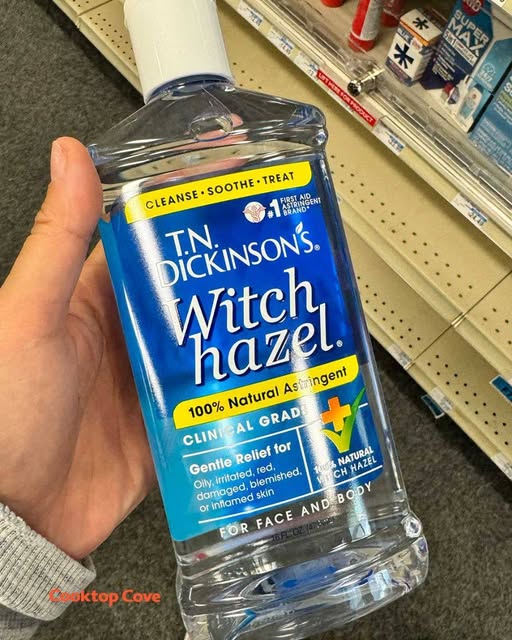A common frustration that many homeowners face is the presence of mildew in their shower. The damp, humid environment of a bathroom makes it a perfect breeding ground for mold, especially around the silicone seals that line the edges of your shower tiles. Over time, you may notice unsightly black or green spots on these silicone joints. Not only is this unattractive, but it also creates an unhygienic space for you to shower in. While you may have tried scrubbing and cleaning with various products, you know how stubborn these mildew stains can be. Fortunately, there’s a fast and effective method to remove the mildew from shower silicone and restore the cleanliness of your bathroom.
Why Does Silicone Get Mildew?
Before we dive into how to remove mildew from silicone, it’s important to understand why this happens in the first place. Silicone sealant, commonly used in bathrooms around the shower tiles, is highly resistant to water, which is why it’s such a popular choice for keeping water out of spaces. However, it’s also porous, which means it can absorb moisture over time. When this moisture is trapped in the small nooks and crannies of the silicone, combined with the warmth of the shower, it creates the perfect environment for mildew to grow.
Mildew is a type of mold, specifically a fungus, that thrives in damp, dark, and warm conditions. Shower areas, with their constant exposure to water and high humidity, provide the perfect conditions for mildew to flourish. This is why even the best caulking job will eventually show mildew spots after some time.
Why Cleaning Silicone Mildew Is So Difficult
One of the main reasons it’s so hard to get rid of mildew from silicone joints is that they are often in the most difficult-to-reach places in your shower. Silicone sealants are designed to be water-resistant, so they create a barrier that prevents cleaning solutions from fully penetrating. As a result, the mildew clings to the surface and remains resistant to scrubbing.
Also, many commercial cleaners that claim to get rid of mildew are harsh chemicals that may discolor your grout or damage the silicone itself. Over-scrubbing can also lead to silicone breakdown, which will eventually lead to cracking or peeling. This makes it essential to find a safe and effective cleaning method that’s both gentle on the silicone and tough on the mildew.
The Best Solution for Cleaning Mildew from Shower Silicone
The good news is, there’s a quick and natural solution that can effectively remove mildew without causing damage to your tiles or silicone seals. By using a combination of three common household ingredients—white vinegar, warm water, and baking soda—you can create a solution that is not only effective but also non-toxic and safe for use in your bathroom.
Ingredients:
- ¼ cup of warm water
- ¾ cup of white vinegar
- 2 tablespoons of baking soda
Instructions for Removing Mildew from Silicone Seals:
- Prepare the Cleaning Solution: Start by mixing the three ingredients in a bottle. Pour ¼ cup of warm water, ¾ cup of white vinegar, and 2 tablespoons of baking soda into a plastic spray bottle. Seal the bottle and shake it thoroughly until the baking soda has dissolved into the liquid.
- Apply the Solution: Directly spray the solution onto the mildew stains on the silicone. Be generous in applying the mixture, ensuring that all areas of the silicone with mildew are covered. Allow the solution to sit and penetrate for 30 minutes. This is an important step, as the vinegar works to loosen the mildew, while the baking soda provides a gentle abrasive to help scrub away the grime.
- Scrub the Affected Areas: After the solution has had time to sit, use a small toothbrush to scrub the affected areas. Focus on areas that have visible mildew buildup. The bristles of the toothbrush will allow you to work the solution into the grooves of the silicone, breaking down the mildew and lifting it away.
- Rinse the Area: Once you’ve scrubbed away the mildew, rinse the silicone thoroughly with warm water. This will wash away any remaining solution and mildew residue. It’s important to rinse well to prevent any lingering baking soda or vinegar that might cause discoloration over time.
- Dry the Silicone: After rinsing, use a clean, dry cloth or towel to thoroughly dry the silicone. This step is crucial because mildew thrives in moist environments. By drying the area completely, you are preventing further mold or mildew growth from occurring.
Preventing Future Mildew Buildup
Now that you know how to remove mildew from your shower’s silicone seals, the next step is to prevent it from coming back. Preventing future mildew growth is as simple as ensuring that your shower stays as dry as possible after each use. Here are a few tips to help you keep your shower mold-free:
- Ventilation: Proper ventilation is one of the most important factors in preventing mildew. After you shower, turn on the exhaust fan or open a window to allow the steam to escape. This helps reduce humidity in the bathroom, which is a key factor in the growth of mildew and mold.
- Wipe Down the Shower: A quick daily habit can go a long way in preventing mildew. After each shower, use a squeegee or a clean towel to wipe down the tiles and silicone joints. This removes any residual water from the surfaces, preventing the moisture from soaking into the silicone and creating the perfect breeding ground for mildew.
- Use a Shower Spray: You can also use a daily shower cleaner or a homemade spray that helps prevent mildew buildup. A simple mix of equal parts water and white vinegar in a spray bottle can be used daily on the silicone joints. After each shower, spray the solution onto the silicone, wait a few minutes, and then rinse. This will help keep the mildew at bay.
- Dry the Silicone After Use: Another easy tip is to ensure that your silicone joints stay dry after each shower. You can use a dry towel to pat down the silicone, or leave the shower door open after use to allow air to circulate and dry out the space.
- Regular Cleaning: Even with these preventative measures, you’ll still need to clean your silicone joints regularly. Cleaning them once a week or every two weeks can help keep the mildew from building up in the first place. This will save you time and effort in the long run by keeping your shower looking fresh and mildew-free.
Natural Alternatives for Mildew Removal
While the white vinegar, warm water, and baking soda solution is one of the most effective methods for cleaning mildew from silicone, there are other natural alternatives that can also help. For example, hydrogen peroxide is another powerful mildew-fighting agent that can be used in place of vinegar. Simply spray 3% hydrogen peroxide onto the affected areas, allow it to sit for about 10 minutes, and then scrub with a toothbrush. Rinse thoroughly afterward.
Tea tree oil is another natural alternative that has antifungal properties. To use it, mix 1 teaspoon of tea tree oil with 1 cup of water in a spray bottle. Spray the solution onto the silicone and let it sit for 30 minutes before scrubbing and rinsing.
Conclusion
Getting rid of mildew from your shower silicone joints doesn’t have to be a difficult or time-consuming task. With the right combination of natural ingredients—white vinegar, warm water, and baking soda—you can quickly and effectively remove mildew stains and keep your bathroom clean and fresh. Remember to keep your shower dry and well-ventilated to prevent mildew from coming back. Regular cleaning and maintenance will help keep your bathroom sparkling, mold-free, and ready for a relaxing shower every day. So, try this method today and say goodbye to stubborn mildew once and for all!





